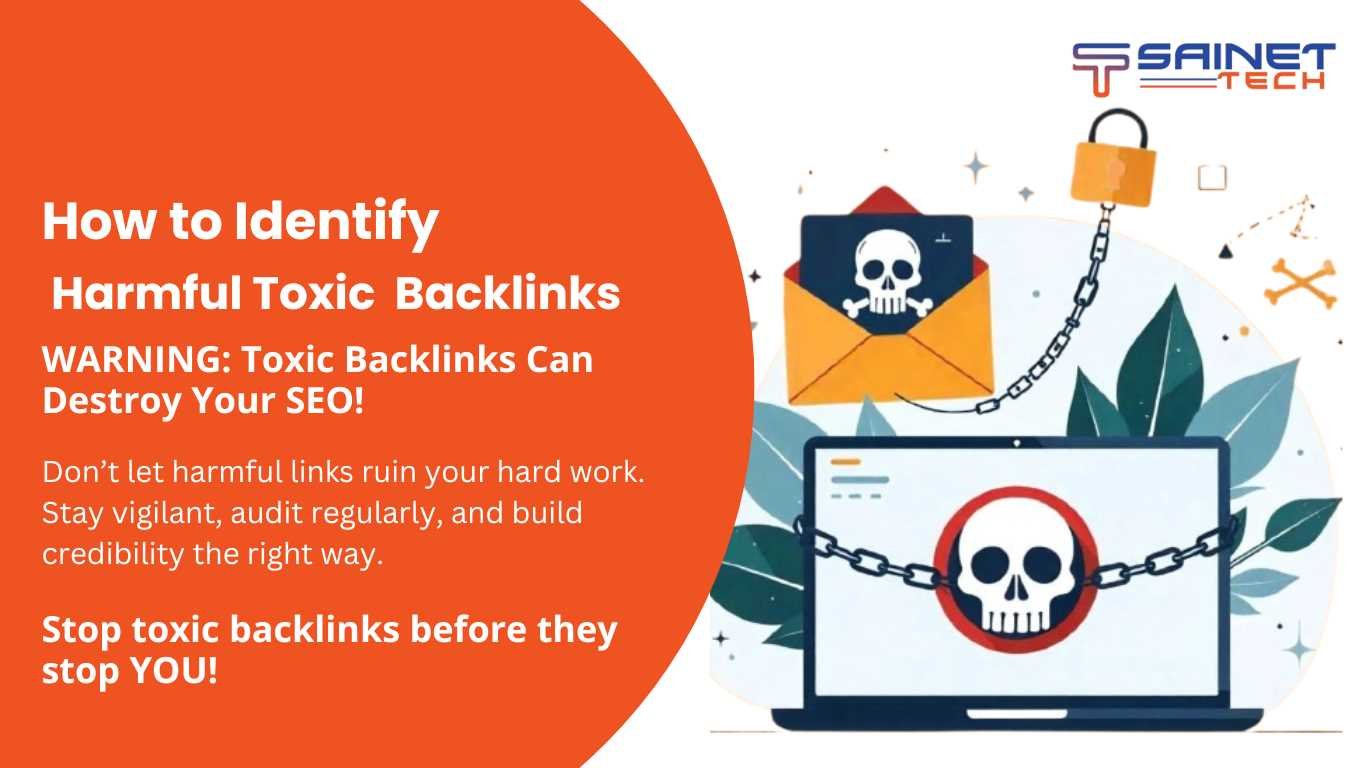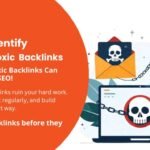
It is important to know how to Identify Harmful Backlinks That Can Hurt Your Website Ranking
Backlinks have long been a cornerstone of search engine optimization (SEO). They act as votes of confidence from other websites, signaling to search engines that your site is reputable and worth ranking higher. However, not all backlinks are created equal. Some can harm your website’s ranking rather than help it. These are referred to as “bad backlinks.” In this post, we’ll explore what bad backlinks are, why they’re harmful, and how to identify them.
What Are Bad Backlinks?
Bad backlinks are links from low-quality, irrelevant, or spammy websites that point to your site. Instead of boosting your authority, these links can signal to search engines that your website might be engaging in manipulative practices to improve rankings. Search engines like Google actively penalize websites associated with such links through algorithm updates like Penguin.
Why Are Bad Backlinks Harmful?
- Lower Search Engine Rankings: Bad backlinks can lead to a drop in your website’s position on search engine results pages (SERPs).
- Manual Penalties: Google may impose manual penalties, which can severely limit your site’s visibility.
- Damage to Credibility: Association with spammy or irrelevant sites can tarnish your brand’s reputation.
- Wasted SEO Efforts: Investing in SEO strategies becomes counterproductive if bad backlinks are sabotaging your progress.
How to Identify Harmful Backlinks
Check Link Sources
- Look for backlinks coming from irrelevant or low-quality websites.
- Tools like Ahrefs, SEMrush, or Google Search Console can help you identify these links.
2. Spot Links from Spammy Domains
- Websites with excessive ads, spun content, or malware can harm your SEO.
- Links from such domains often indicate spammy practices.
3. Watch Out for Irrelevant Anchors
- If the anchor text is unrelated to your niche or includes over-optimized keywords, it could signal manipulative linking.
4. Low Domain Authority (DA)
- Links from sites with low DA scores are less valuable and can be harmful if the source is questionable.
5. Foreign Language Websites
- If your business operates in one region and your backlinks come from unrelated foreign language websites, it raises red flags.
6. Link Farms and Directories
- Backlinks from link farms or low-quality directories are a sign of black-hat SEO tactics.
7. Sudden Spike in Backlinks
- A rapid, unnatural increase in backlinks often indicates spammy link-building schemes.
How to Handle Bad Backlinks
- Disavow Bad Links
Use Google’s Disavow Tool to tell search engines to ignore harmful links. Make sure to audit thoroughly before disavowing. - Reach Out to Webmasters
Contact the owners of low-quality sites and request them to remove the links. - Regular Backlink Monitoring
Keep track of your backlink profile to identify and address harmful links early. - Focus on Quality Over Quantity
Build backlinks from reputable, high-authority sites in your niche to strengthen your profile.
Do you think your website is not ranking on top after so many backlink creation and on page optimisation and required assistance with auditing your website’s backlinks? Drop us a email at info@sainettech.com we will help you to audit and and help you to keep your site’s SEO healthy and effective!




